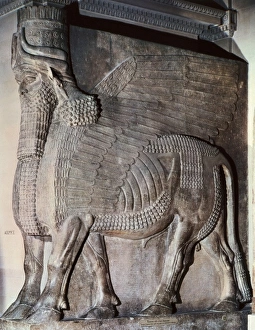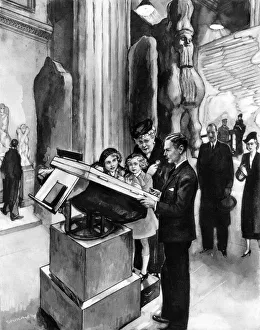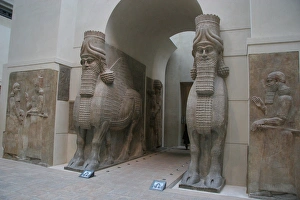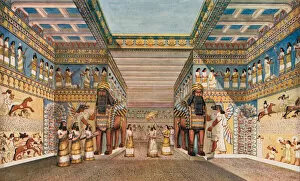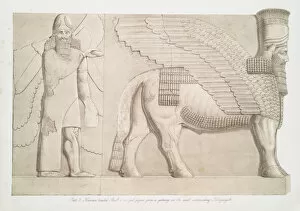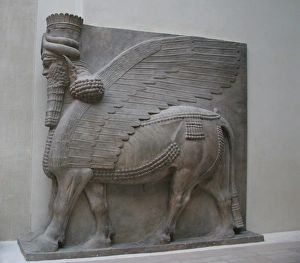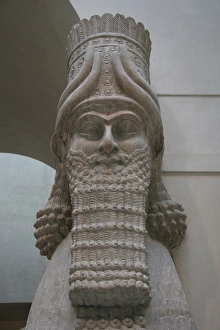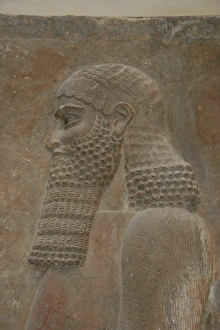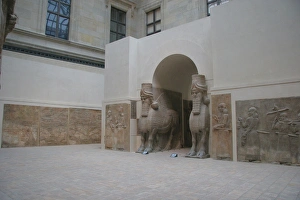Lamassu Collection
The Lamassu, also known as the Winged Assyrian Bull, is a fascinating and iconic creature from ancient Assyria
All Professionally Made to Order for Quick Shipping
The Lamassu, also known as the Winged Assyrian Bull, is a fascinating and iconic creature from ancient Assyria. This majestic beast has captured the imagination of many throughout history. One notable encounter with the Lamassu occurred when Princess Elizabeth and Margaret visited the British Museum. They were undoubtedly awestruck by the grandeur and intricacy of this mythical creature, which stood proudly in all its glory. Originating from Sargon II's Palace in Dur-Sharrukin, these magnificent creatures were often depicted as part bull and part man. The reliefs found at Sargon II's Palace in Dur-Sha showcased their power and strength, leaving viewers in awe of their presence. Engravings depicting the lowering of the bull or showcasing processions beneath Nimrud Mound give us a glimpse into how important these creatures were to ancient Assyrian culture. They symbolized protection and served as guardians for sacred spaces. Ancient Assyria comes alive through colored engravings that showcase not only the beauty but also the opulence of this civilization. The Hall in an Assyrian palace, restored lithograph from 1849, transports us back to a time where kings ruled with splendor while being attended by eunuchs and viziers. The Lamassu was not limited to palaces alone; they could be found guarding city walls as well. One such example is seen in a gateway surrounding Kouyunjik where a human-headed bull stands alongside a winged figure – an imposing sight that would deter any potential invaders. Another stunning representation can be found on gypsum panels adorning King Sargon II's Palace at Khorsabad. These intricate carvings showcase every detail of this mythical creature - its wings spread wide open exuding power while maintaining an air of elegance. In one captivating color lithograph, we witness an Ancient Assyrian king entering his palace amidst musicians playing melodious tunes.

